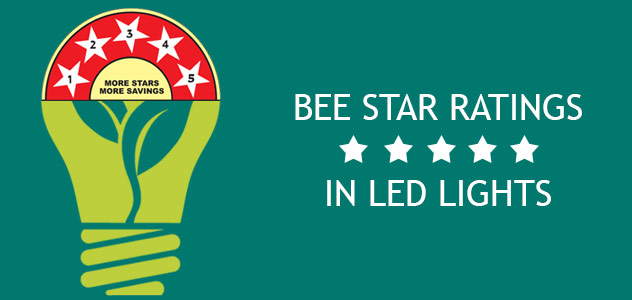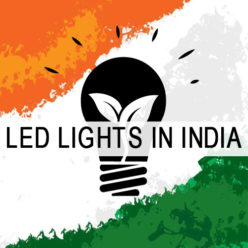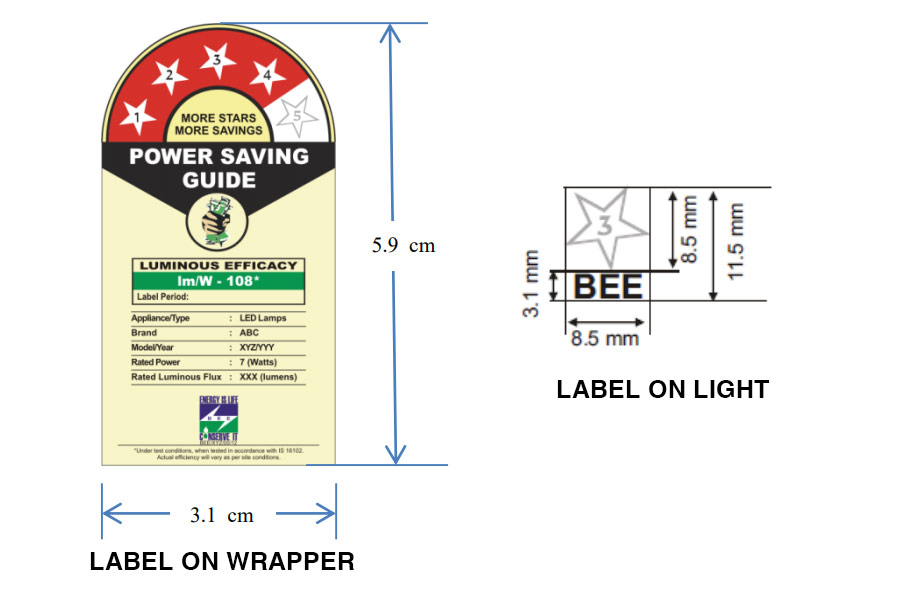The modern world is getting better with the technology day by day. With the development of the technology people have become able to innovate new ideas and they have found new ways which ease the living. LED is one such term which came to the world decades ago. With the use of that technology a group of people introduced the LED CFL lights which caused to reduction of the electricity bill of people. The technology behind the LED lights has the power to use less electricity to give the light. Because of this reason people began to use LED lights instead of ordinary filament lights. Taking these factors into consideration many electrical companies from various countries started to manufacture LED lights which are the most energy-efficient lights in the world today. India is one such country which is the home for many LED light manufacturing companies. Although there are so many companies who have involved in the manufacturing of LED lights, do they all manufacture these lights according to the relevant standards? Well, that is a major factor which should get the attention.

Each and every product should be manufactured according to the perfect standards. When it comes to the LED light manufacturing in India, BEE is the institute which is responsible for implementing the standards which should be followed when manufacturing LED lights. BEE refers to Bureau of Energy Efficiency. This was introduced by the government of India under the provisions of Energy Conversation act in 2001. BEE sets standards for all the electrical appliances and companies have to pass the tests conducted by BEE in order to get the relevant certificates which lift the quality of the products.
Let’s look into the factors which BEE considers in the test for the LED light manufacturing in India. Every LED light brand in India should get through this test to get the quality certificates.
Type of SCHEMEs in BEE:
- Voluntary SCHEME: This is starting phase of BEE. BEE starts each product with this phase. First BEE start understating the product and research about quality required in particular that product. After that they disclose the regulation guidelines for it. But it is not compulsory to follow this guideline during that phase. But Manufactures can start following that guidelines in 1-2 years. Led lights is currently in Voluntary SCHEME.(Till 1/1/2018)
- Mandatory Scheme: This is second phase of BEE. BEE now forcefully discloses the guidelines for that particular product after voluntary scheme applied. Now that particular product must have to follow the guideline of BEE and label their product according to guideline. Manufactures must have share rating and other factor of product to customer which is approved by BEE after lab test.
What types of led light will be covered under BEE scheme on 1st January 2018?
- self-ballasted non directional general service LED lamps for general lighting services
- Works on Single Phase 250VAC 50Hz
- Being manufactured, imported or sold in India
- does not covers tinted or colored light neither does it cover OLEDs
What should be cleared marked on LED lights?
- Rated overall Wattage of led light
- Rated overall output luminous flux (Not the luminous flux of Led light)
- Luminous efficacy of overall system.
- Product Label or product identity code
- Validity of Luminous efficacy. (Validity period of luminous efficacy of system.)
Factors LED Light Manufacturer should consider for BEE Star Rating:
- LED Manufacturers must send some reports of LM79 and IEC: 62471:2008 with 10 samples of particular product.
- BEE will check the samples and verify the power usage and efficiency of overall LED lights. 6 out of 10 samples presented must pass the Rated Luminous Efficacy test and also the average of all the bulbs must require the minimum efficacy.
- Led lights must have 90 lumens per watt output to get through the test.
- Elements such as Wattage , Initial Luminous Flux , Color chromaticity, color rendering index (CRI) and Life are tested by IS 16102 Part 2
- Harmonics test is done by IS 14700 (Part 3/Sec 2)
- EMI test is done by IS 6873 (Part 5): 1999
In order to certify the amount of energy consumed by the electric appliances the Bureau of Energy Efficiency has introduced a program called BEE star rating. According to the Bureau of Energy Efficiency manufacturers should place a label which shows how much of energy is consumed by the relevant electric appliance. Following conditions should be satisfied by a certain electric appliance to qualify for the star rating of BEE.
Requirements for BEE Rating in LED Light
- LED Lights must confirm the safety requirements as specified in IS 16102 (Part 1).
- LED light should meet the harmonics requirement as per IS 14700 (Part 3/Sec 2)
- LED products should meet the power factor requirements as per IS 16102 (Part 2)
- LED lighting must confirm the photo biological test as specified in IS 16108
- LM 79 report needs to be submitted to BEE
- Luminous Efficacy of electric appliances must not drop to 5% after 1000 hour of service life.
Star Rating by BEE: Plans for Voluntary and mandatory phase:
Star Rating Plan – Voluntary Phase (Validity: 6/7/2015 to 31/12/2017):
| Star Rating | Rated Luminous Efficacy (Lumen/Watt) | Remarks |
| 1 | ≥68 & <79 | Freezed |
| 2 | ≥79 & <90 | |
| 3 | ≥90 & | |
| 4 | ≥105 & <120 | |
| 5 | ≥120 |
Star Rating Plan – Mandatory Phase (Validity: 1/1/2018 to 31/12/2019):
| Star Rating | Rated Luminous Efficacy (Lumen/Watt) | Remarks |
| 1 | ≥68 & <79 | Freezed |
| 2 | ≥79 & <90 | Freezed |
| 3 | ≥90 & | |
| 4 | ≥105 & <120 | |
| 5 | ≥120 |
LED lights also should get through the above mentioned conditions in order to certify as a BEE certified electric appliance. Therefore it is a must for LED light manufacturing companies in India to manufacture LED lights according to the above instructions.
Above mentioned factors are related to the manufacturers. But when it comes to purchasing LED lights there are some factors which should be considered by you as customers. Following are some of those factors that you should pay your attention prior to purchase an LED light.
Lumens per watt:
In contrast to earlier days, today we measure the light by lumens. In the past it was measured by watt. In ordinary filament lights 98% of energy was wasted as heat. Only 2% was used to generate light. When it comes to LED lights which are used in today the whole story has changed. 90% of the energy is used to generate light and only 10% is wasted as heat. If the lumens per watt rate is high in a light it is considered as a more efficient light. If it is low, the efficiency too gets low.
Color Rendering Index (CRI):
This is the factor that measures how realistic or natural the light illuminated by the light is. CRI is measured between 0-100. If the CRI is high the quality of the light is high. If the CRI is low, quality of the light is low.
Color Temperature:
This is another important factor that you should consider when purchasing an LED light. If the temperature lies between 2700K-3500K, it gives a yellowish light. If the temperature lies in between 4000K-4500K, it emits a little yellowish light but not yellowish as in the previous occasion. If the temperature is around 5000K-6500K, it emits a pure white light. Therefore it is clear that when the color temperature is high, you will get a high quality light from the light.
The above mentioned are only a few factors that you should consider when purchasing an LED light. Power factor, heat sink and Life of LED chip are some other factors that you can refer when selecting an LED light. By considering above factors people have the chance to experience the high quality in LED lights.
These conditions have written the death penalty to companies who manufacture low quality LED lights. Their businesses are getting collapsed day by day. Actually it is a good decision took by Indian government to get all LED lights certified through Bureau of Energy Efficiency because it helps to remove cheap low quality products from the market. Therefore it is obvious that there are no more chances for cheating and people will get the chance to use best products.

